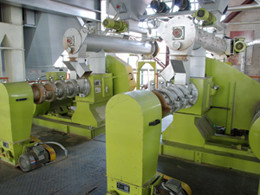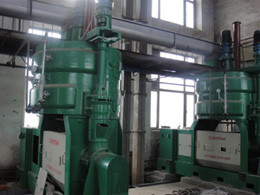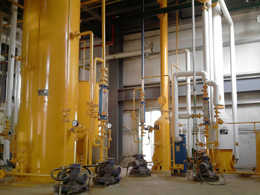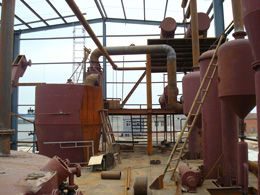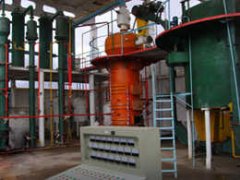Edible Oil Extraction
With the right macro-economic policies now in place, the sub-sector has made a huge turn around and it is no longer an eyesore. The edible oil industry is now one of the leading sustainers of the positive annual economic growth rates Uganda has enjoyed for over a decade now.
Edible oils usually means vegetable oils as well as animal oils. Vegetable oils which are obtained by processing soybeans, olives, coconuts, corn, peanuts, sunflower seeds, cotton seeds, sesame seeds, flax seeds and safflower seeds. They have a specific gravity of-0.92 at room temperature and 0.81 at 350°F. Viscosities range from 105 CPS at 50°F to 35 CPS at 100°F and 3 cps at 350°F. Animal oils and fats which are rendered from the trimmings of freshly slaughtered animals. Here we mainly introduce the first type: Vegetable oil and edible oil extraction.
Edible Oil Extraction Method
The latest edible oil extraction method is through chemical extraction, making the use of solvent extracts that creates higher yields and is faster and cheap. The best solvent is the petroleum derived hexane. Well this method is used for the most new industrial oil like corn oils and soybean. The other method is the physical extraction that does not make the use of the solvent extracts. This method is used to produce more of traditional oils like olive etc.
Edible oils are recovered by grinding, cooking, expelling and pressing, or by solvent extraction of the raw materials. The oils are filtered and put in.
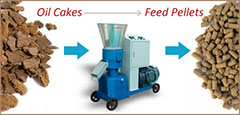
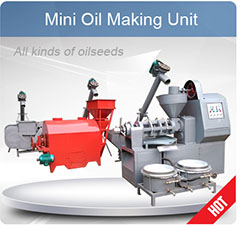
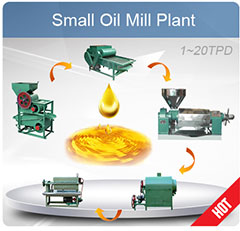
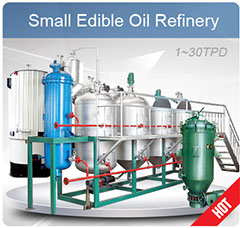
Want to set up a mini mustard oil mill of your own ? With the rapid ...
Mustards are part of the oilseed family and are regarded both as a s...
Interested in begin a small size corn oil extraction plant but dont ...
Do you want to make the edible rice bran oil at from using your mill...

